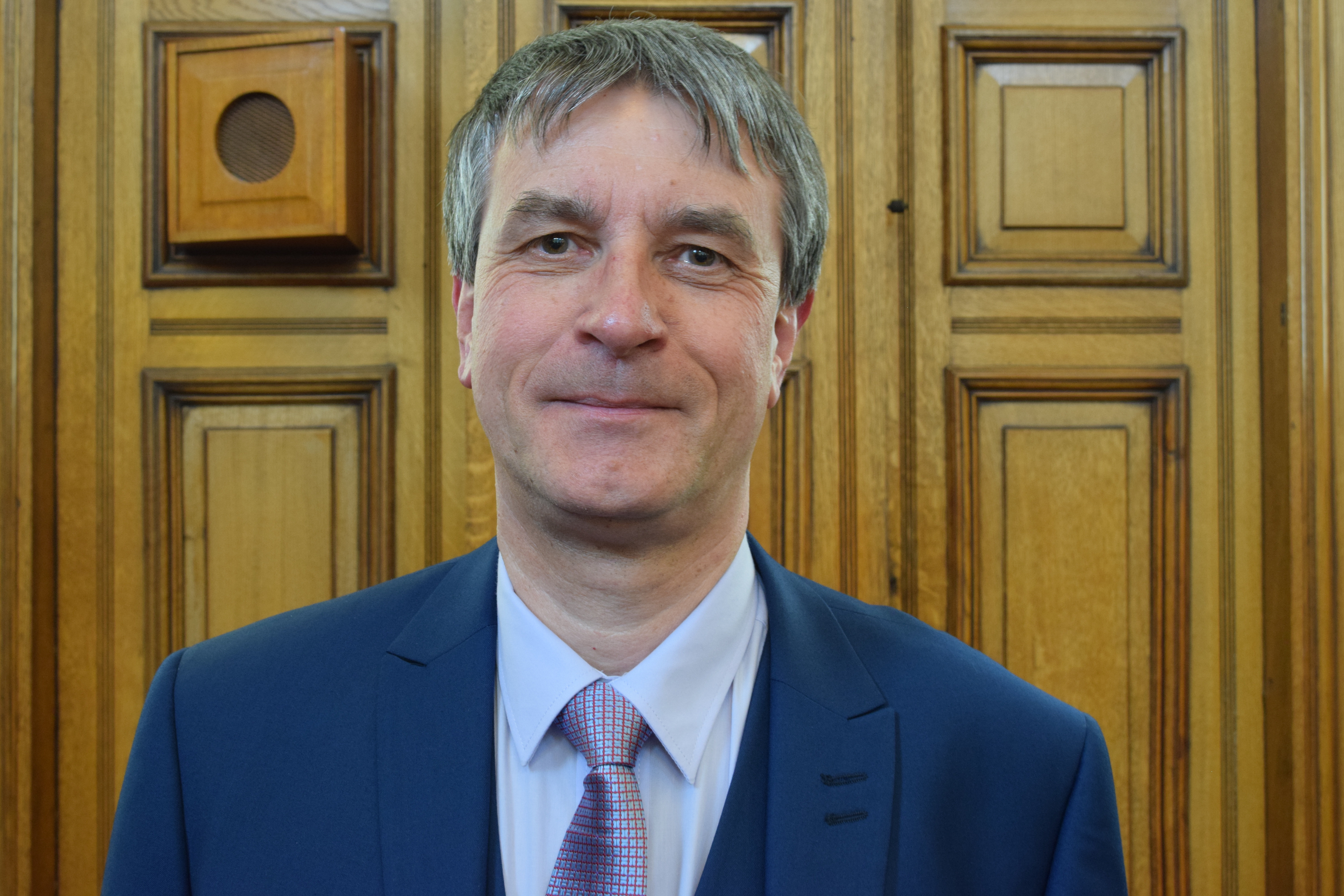“We want to achieve a balance between delivering appropriate economic growth, improved infrastructure and aspirational housing for the borough and enhancing existing green, natural and recreational sites.”
This is the message from North East Lincolnshire Council Leader Philip Jackson at this week’s full council meeting.
It was part of a response to a question from resident Lyndsey Downes regarding green issues and Grimsby West. She quoted a local survey in which 81% of respondents felt that it was either extremely important or very important that NELC acts to improve biodiversity within the borough. In light of this and other data, she asked Coun Jackson to explain how the planned Grimsby West development addresses environmental issues.
Coun Jackson, speaking at Grimsby Town Hall, thanked Mrs Downes for her continued interest. He said: “The potential housing development is a private scheme, located on private land. The landowners and developer have recently launched a website promoting their new masterplan for the site and seeking comments from the public. Just to emphasise, North East Lincolnshire Council has no involvement in this housing development, and there is currently no planning application in relation to any aspect of it. The new masterplan is silent with respect to the strategic link road.
“Both the road and the housing were unanimously approved by this council as part of the 2018 Local Plan after extensive public consultation and engagement. However, this administration is of the settled view that we should NOT submit a further Levelling Up Fund bid for the strategic link road.
“The Local Plan identifies a range of housing sites and developments across the borough, and the Town Centre Masterplan also establishes the concept of residential living in the heart of the town, supported by external funding. It is important that a range of housing is provided, enabling us to meet ongoing and changing need.
“Regarding Mrs Downes’ comment, ‘At a recent joint scrutiny review of the above plan, it was stated by NELC officers that these visions for NEL were indeed at odds with the Local Plan, namely due to developments like Grimsby West which intend to concrete over one of the most biodiverse green spaces in the borough but were needed as “no one wants to live in Grimsby town centre.’ According to officers present, they were responding to a question about why our Local Plan includes green field sites and does not direct all development to brownfield sites instead. Neither the question nor answer ever commented on this being at odds with the Natural Asset Plan.
“The minutes read: ‘The concern was raised by a member that we should be using more brownfields sites across the borough and reduce the number of greenfield sites for development. Mr King confirmed that there were not enough brownfield sites to meet our needs and it was about where people want to live. If we only identified sites in the town centre and people could choose to live elsewhere and we would not get the benefits of people living within the borough and the consequence that the town centre and resort would suffer. Members referred to the levelling up funding and queried if it was an opportunity to improve the areas we already have by using the brownfield sites first. Mr King explained that the government were already providing funding and we had to provide housing where people wanted to live’
“The minutes of a recent joint scrutiny meeting do also include the following: ‘Members queried if there was conflict between the natural asset plan and the local plan. Mr King confirmed there was a need to protect specific areas of land whilst also providing areas for new developments. He explained it was about how we looked to develop the sites and in a different way whilst protecting habitats and delivering green spaces.’
“The proposed footprint for the Grimsby West development consists largely of agricultural land of very low biodiversity value as a result of previous intensive use. In fact, most of our brownfield sites will have higher biodiversity value than this agricultural land. Assuming such agricultural land enjoys high biodiversity is incorrect. This has been confirmed by the Council’s Ecology Officer.
“As and when any planning application is submitted, the Ecology Officer, as well as many statutory bodies, will robustly scrutinise all plans to ensure that any areas of high biodiversity value in proximity of the Grimsby West development, such as the chalk stream or other significant habitat, assessed independently, will not be negatively affected by the proposed development. We have made this clear on many previous occasions. From a biodiversity viewpoint, the development has the potential both to improve the biodiversity of the land and to provide essential funding to enhance green spaces surrounding it. This would potentially enable, as part of the scheme, the development of a new country park, improving the overall biodiversity of the area.
“We want to achieve a balance between delivering appropriate economic growth, improved infrastructure and aspirational housing for the borough and enhancing existing green, natural and recreational sites via Council’s Natural Assets Policy. This will benefit and promote our natural habitats and wildlife, protecting and preserving them for many years to come, for future generations to enjoy.
“Finally, just a reminder that we will shortly be commencing a review of our Local Plan and we look forward to extensive public engagement and comment.”

About the author